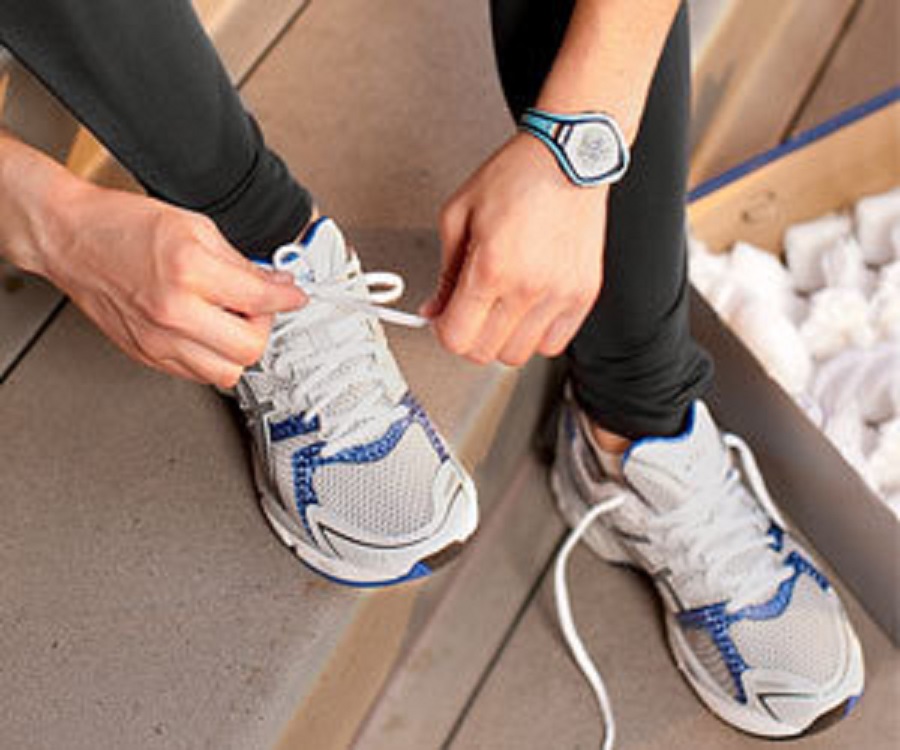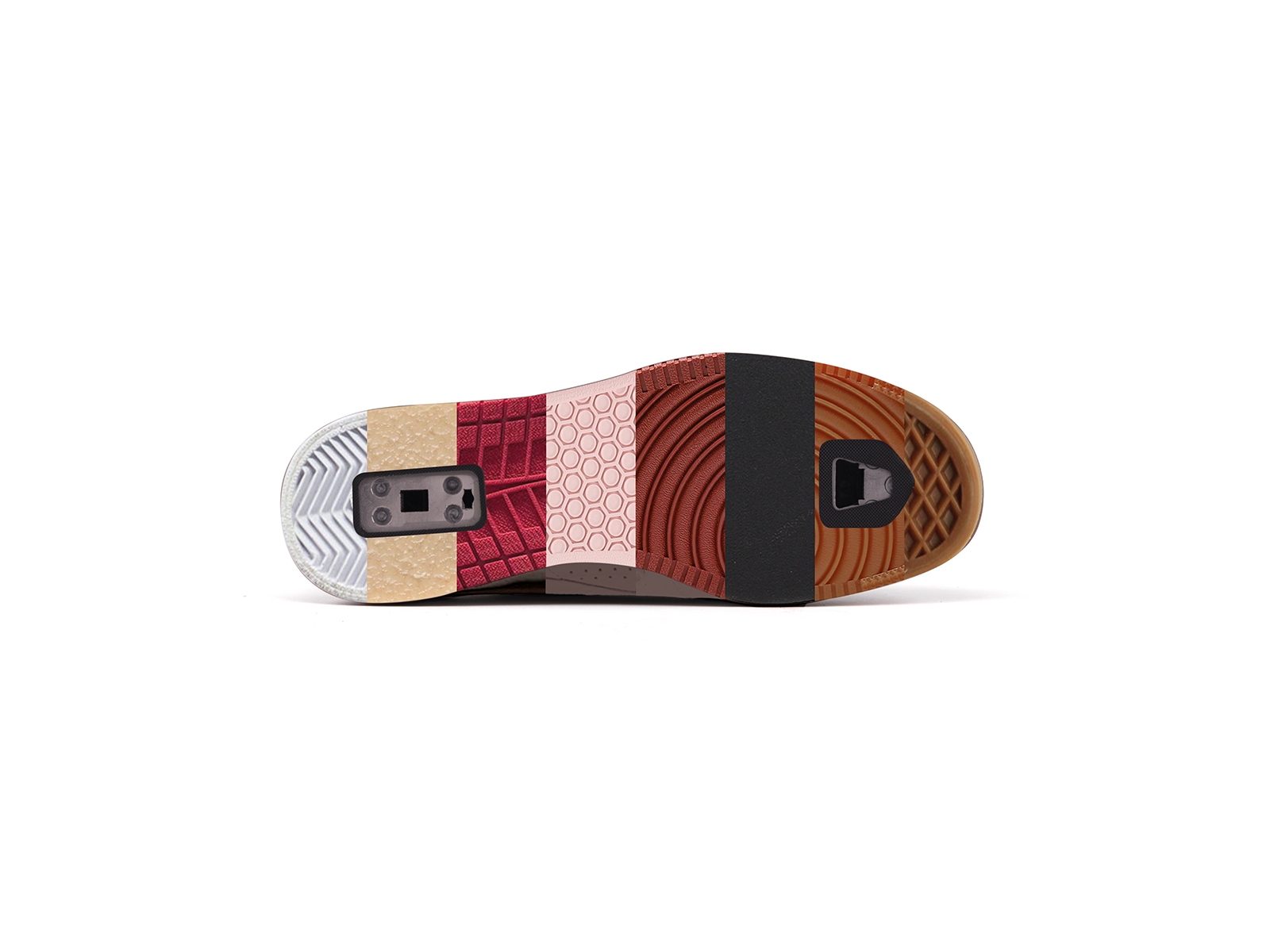Changing Shoes Stock Photo Download Image Now iStock

Woman Changing Shoes HighRes Stock Photo Getty Images
A lot of sources will tell you to change out your shoes after 300 - 500 miles. However, this can vary depending on the shoe; the runner; the running conditions; the running surface, and many other factors. (By the way: I use Strava to track the mileage on each pair of running shoes I use.

Changing Shoes Stock Photo Download Image Now iStock
The exact answer will depend on a number of factors, but in general, experts recommend replacing your sneakers every 300 to 500 miles (that's helpful if you use an app to track your runs) or every six to eight months, whichever comes first. For super active individuals, this time frame may be as short as three months.

Tired Young Woman Changing Shoes Indoors Stock Photo Image of dresscode, chair 150126390
"When your shoe no longer feels as comfortable as it once did—missing the soft pillow feel, or the springy bouncy feeling—it's probably time to change your shoes." Her pro tip? If you're not.

How to Change Your Outfit Just By Changing Your Shoes — Inside Out Style
1. Your heel is breaking down "Shoes are no longer wearable if the heel is more worn down on one side compared to the other, causing the shoe to lean on one side. The same is true for walking.

Weekend Style Challenge Change Your Shoes — Inside Out Style
Pain Relief When To Replace Shoes: 7 Signs You Need A New Pair, STAT! Learn the 7 signs that it's time to replace your shoes as well as why buying new shoes can save you from foot pain and other serious problems. 1 / 9 © DragonImages/iStock

When To Change Your Running Shoes The Mileage Guide Coach Parry
Worn-out shoes won't provide enough support and cushioning so generally, you should replace them every eight to 12 months. This is when they start showing obvious signs of being worn out. Also, when it comes to active footwear, the most important thing to keep in mind is the general rule of thumb of the 500-mile limit.

The 10 Rule for Changing Your Running Shoes Mindful Running
When You Need to Replace Your Walking Shoes 1. Heel breakdown The heel is typically the fastest part of a shoe to wear down, simply because most people walk with a heel to toe stride. This means that every time you step, nearly all of your body weight is supported by the heel of your shoe.

How Shoes Change Your Feet Squat University
Rotate Your Shoes Signs to Look For When should you replace your walking shoes? How do you know when your shoes have lost their cushioning and reached the end of their lifespan? Once you find a comfortable pair of walking shoes that support your feet right, it is hard to part with them. But walking and running shoes have a limited lifespan.

From Childhood and Beyond The Importance of Properly Fitting Shoes
If the heel seems to be leaning one way or the other, appears bent in, or is otherwise misshapen, consider moving on, Dr. Conenello says. Same if you have holes in the fabric upper. And all these.

Young Woman Changing Shoes on Wooden Background, Stock Photo Image of female, changing 126244192
It's generally accepted that the standard lifespan of road running shoes is somewhere between 300 miles and 500 miles, or around 500-800km if you're that way inclined, and lightweight shoes tend to be somewhere between 250 and 300 miles. So if you're running 20 miles per week, you'll probably need to replace them after 4-6 months.

Businesswoman Changing Shoes Stock Photo Image of lifestyle, black 86377154
The first step to knowing when to change your running shoes is to track your running miles with your shoes. When you get a new pair of running shoes, you can easily enter them in your run tracker app (I use Strava, which makes it easy), or you can write the date on your phone calendar or notepad.Most running watches and running apps will track your shoe miles for you and will even send you an.

Press Release Global coalition launches Change Your Shoes, a campaign to transform the shoe
1. You've Worn Them for 300 to 500 Miles or 40 to 60 Hours The usual lifespan for a running or walking shoe is about 300 to 500 miles, according to Alicia Canzanese, DPM, the vice president of the American Academy of Podiatric Sports Medicine.

Change Your Shoes « Ecouterre
Hold it 8-10 inches away from the shoe. Pass the dryer over the shoe a few times and then set it down. With your finger, rub the warm leather up against the shoe tree. Repeat as needed until the crease is gone. With this method, you'll want to keep the shoe tree in place while the sneaker cools.

Change your shoes Adapt your style to your desires
You should generally replace your running shoes every 300-500 miles. That's because it's around this point that the midsole cushioning on most shoes will lose resiliency and stop absorbing shock as well as when newer, which can cause more impact on your muscles and joints.

Change Your Shoes « Ecouterre
For most people, replacing your everyday shoes every 6 to 12 months is a good rule of thumb. If you wear them on a regular basis, or for more strenuous activities, you may need to replace them more frequently. And if you take very good care of your shoes, you may be able to extend the life of them by a few months.

Cropped View Woman Changing Shoes Office Work Stock Photo by 190011946
Why you should change your shoes every day: If your job requires you to frequently be up and down or to do a lot of running around, that mid-day shoe change will change your life. Trust. Switch off. If you sit most of your day it's okay to play favorites with your shoes. But don't wear the same shoes day after day.